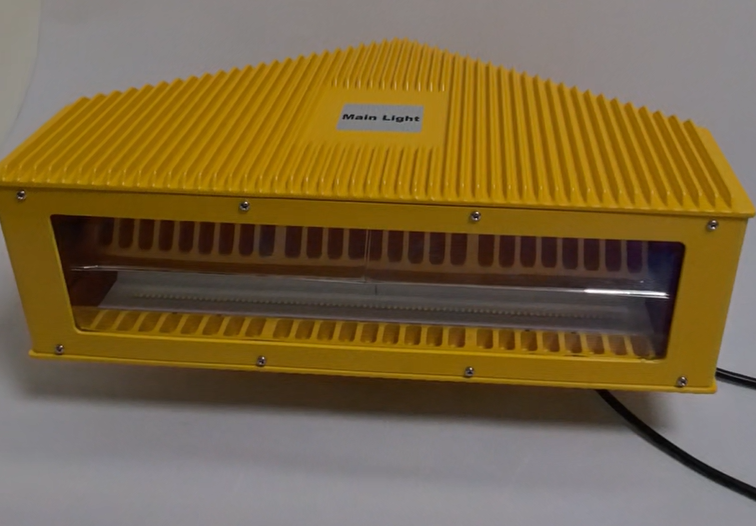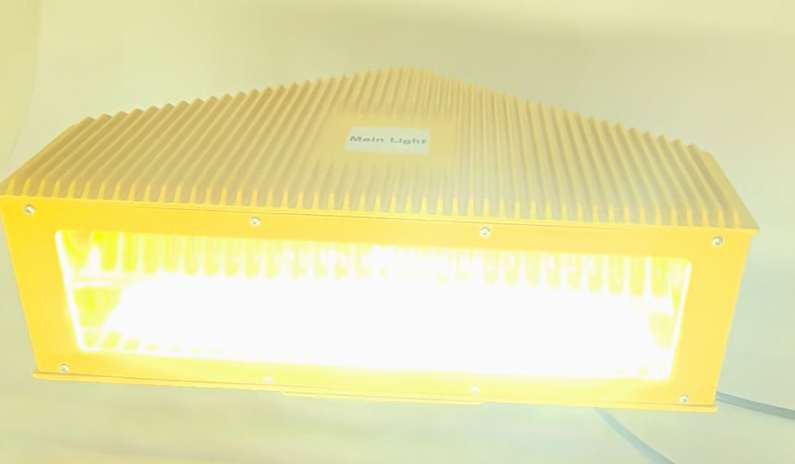
In the vast expanse of the sky, where aircraft soar and dreams take flight, there are unsung heroes that play a crucial role in ensuring safety. These heroes are the aircraft obstruction lights. These unassuming yet essential devices are the silent sentinels that protect both aircraft and those on the ground.
Aircraft obstruction lights are designed with a specific purpose in mind – to warn pilots of potential hazards. They are strategically placed on tall structures such as towers, chimneys, and skyscrapers. These lights act as beacons, alerting pilots to the presence of obstacles that could pose a threat to their flight path. Without these lights, the risk of a mid-air collision or a dangerous encounter with a tall structure would be significantly increased.
The importance of aircraft obstruction lights cannot be overstated. In today's fast-paced world of aviation, where thousands of flights take place every day, safety is of paramount concern. These lights provide a visual cue to pilots, allowing them to navigate safely through the skies. They are especially crucial during low visibility conditions such as at night, in fog, or during heavy rain. In such situations, the obstruction lights become even more visible, guiding pilots and ensuring that they can avoid potential hazards.

One of the key features of aircraft obstruction lights is their durability. They are built to withstand the harsh elements of nature, including strong winds, rain, snow, and extreme temperatures. These lights are designed to operate continuously, providing a reliable source of illumination day and night. They are also equipped with advanced technology to ensure that they remain functional even in the event of a power failure or other emergencies.
high
intensity
Type A
white
The design of aircraft obstruction lights is also an important consideration. These lights are typically bright and highly visible, with colors that are easily distinguishable from other sources of light. Red and white are the most common colors used for obstruction lights, as they are highly visible in the dark and can be easily spotted by pilots. The lights are often arranged in a specific pattern or configuration to enhance their visibility and provide clear indication of the height and location of the obstacle.
In addition to their role in aviation safety, aircraft obstruction lights also have environmental implications. By providing a clear indication of tall structures, these lights help to reduce the risk of bird strikes. Birds are often attracted to tall structures, and without proper warning lights, they can collide with aircraft, causing damage and endangering the lives of passengers and crew. Aircraft obstruction lights act as a deterrent, helping to keep birds away from potential danger zones.

The installation and maintenance of aircraft obstruction lights is a complex process that requires expertise and precision. Professional installers must ensure that the lights are placed at the correct height and location, and that they are properly aligned and adjusted for maximum visibility. Regular maintenance is also essential to ensure that the lights remain in good working condition. This includes checking for any signs of damage, replacing bulbs as needed, and ensuring that the power supply is reliable.
Aircraft obstruction lights are an essential component of aviation safety. These unassuming devices play a crucial role in protecting aircraft and those on the ground, providing a visible warning of potential hazards. As the aviation industry continues to grow and evolve, the importance of aircraft obstruction lights will only increase. So, the next time you look up at the sky and see a flashing light on a tall structure, remember the important role that these lights play in keeping us all safe. Whether it's a clear day or a stormy night, aircraft obstruction lights are always there, guiding the way and ensuring that our skies remain safe for all who fly.